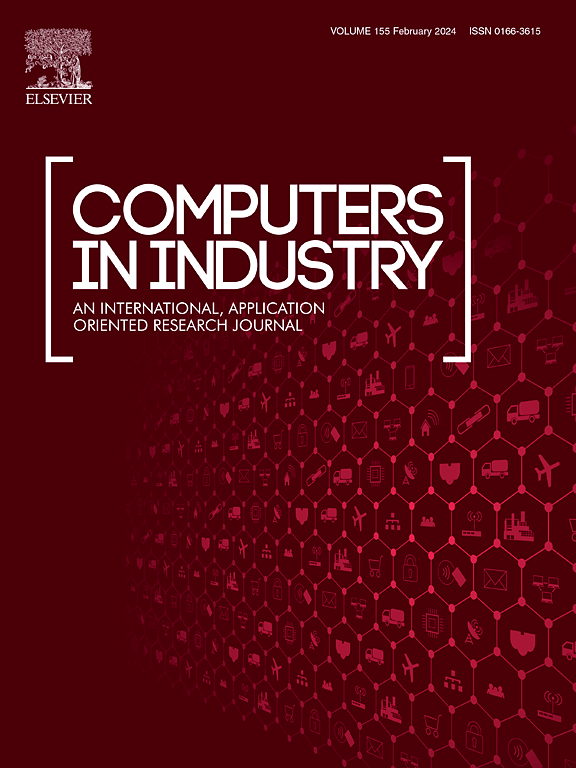Estimation of coal dust parameters via an effective image-based deep learning model
IF 9.1
1区 计算机科学
Q1 COMPUTER SCIENCE, INTERDISCIPLINARY APPLICATIONS
引用次数: 0
Abstract
In high-pressure transportation, characterizing the leakage status of coal dust is an effective means to reduce potential safety hazards in the optimization of energy structures, and it is also conducive to disaster prevention and safety management. Given the existing methods, manual inspection of leakage points requires high measurement skills, entails significant maintenance costs, and is time-consuming and challenging. Therefore, a synergetic network structure based on an instance segmentation, integrated with multiregression models, is proposed. This model is used to study the detailed characteristics of complex coal particles and estimate coal dust parameters, providing a practical means for onsite environmental assessment. First, a cascade mechanism of ghost convolution and a depthwise split attention module is added to the backbone network to reduce the number of network parameters and improve the channel correlation of coal dust images. Second, the multiscale feature pyramid network structure is introduced to increase low-level feature information in coal dust images and enhance attention to small particle characteristics of coal dust. Moreover, the head structure of the segmentation branch is optimized via the parameter-free attention module to improve mask precision. Finally, the optimized elastic network fusion model is used to estimate multiple regression coal dust parameters. The experimental results show that the proposed model outperforms the other models in terms of segmentation accuracy, the intersection ratio, and the recall ratio. The average error in the mass distribution characterization is less than ±10 %, which meets the theoretical expectations. An ideal balance is achieved between computational speed and segmentation accuracy.
通过基于图像的有效深度学习模型估算煤尘参数
在高压运输中,表征煤粉泄漏状态是优化能源结构、减少安全隐患的有效手段,也有利于灾害预防和安全管理。从现有方法来看,人工检测泄漏点需要较高的测量技能,维护成本高,耗时长,难度大。因此,我们提出了一种基于实例分割的协同网络结构,并与多元回归模型相结合。该模型用于研究复杂煤炭颗粒的详细特征并估算煤尘参数,为现场环境评估提供了一种实用手段。首先,在骨干网络中加入了鬼卷积的级联机制和深度分裂注意力模块,以减少网络参数的数量,提高煤尘图像的通道相关性。其次,引入多尺度特征金字塔网络结构,增加煤尘图像的低层特征信息,提高对煤尘小颗粒特征的关注度。此外,还通过无参数关注模块优化了分割分支的头部结构,以提高掩膜精度。最后,利用优化后的弹性网络融合模型对煤尘参数进行多元回归估计。实验结果表明,所提出的模型在分割精度、交集比和召回比方面均优于其他模型。质量分布表征的平均误差小于 ±10%,符合理论预期。计算速度和分割精度之间达到了理想的平衡。
本文章由计算机程序翻译,如有差异,请以英文原文为准。
求助全文
约1分钟内获得全文
求助全文
来源期刊

Computers in Industry
工程技术-计算机:跨学科应用
CiteScore
18.90
自引率
8.00%
发文量
152
审稿时长
22 days
期刊介绍:
The objective of Computers in Industry is to present original, high-quality, application-oriented research papers that:
• Illuminate emerging trends and possibilities in the utilization of Information and Communication Technology in industry;
• Establish connections or integrations across various technology domains within the expansive realm of computer applications for industry;
• Foster connections or integrations across diverse application areas of ICT in industry.
 求助内容:
求助内容: 应助结果提醒方式:
应助结果提醒方式:


